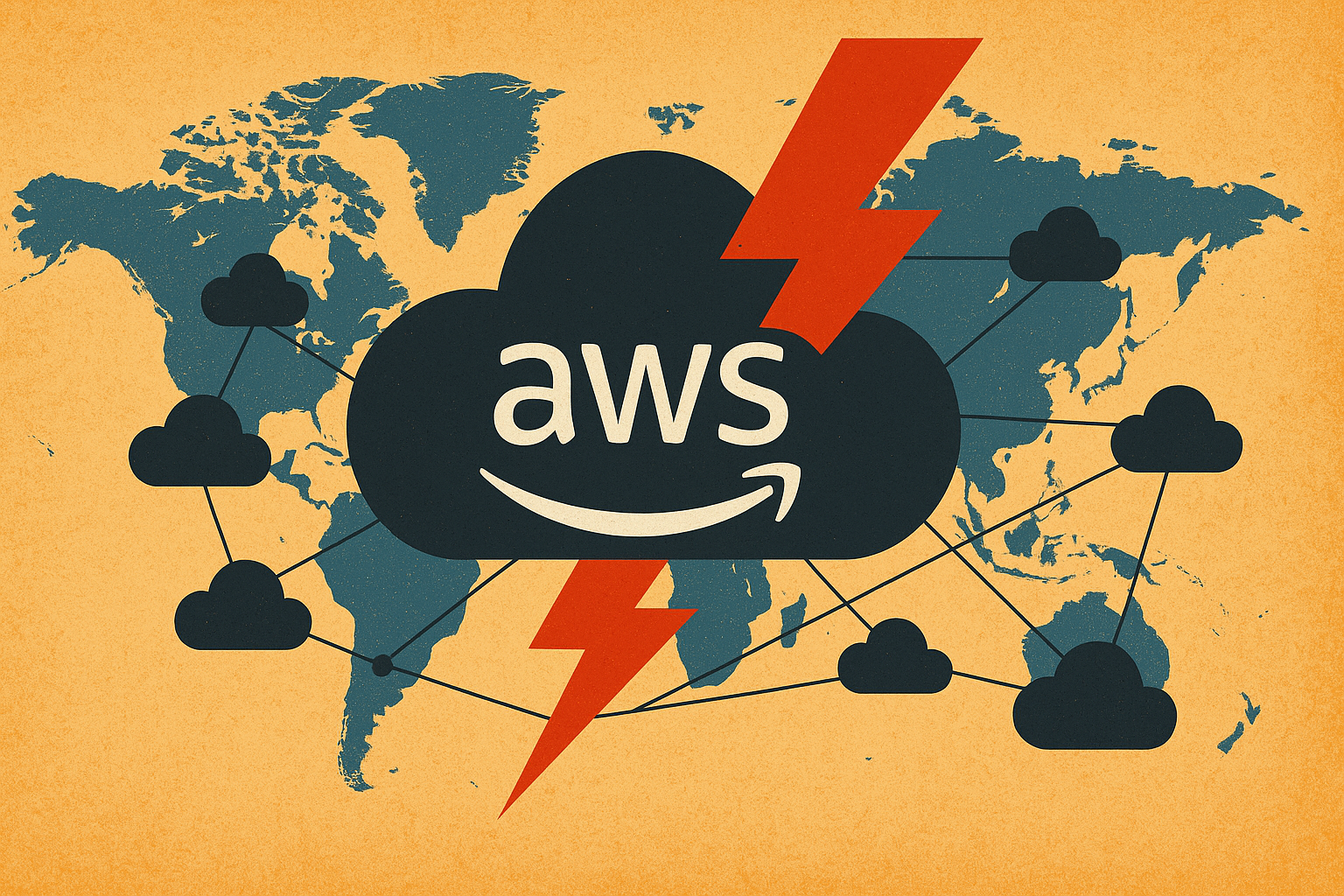The cost of healthcare has been skyrocketing for years and it continues to bankrupt far too many everyday Americans. The resulting conversations are almost exclusively about the costs of health insurance and the percentage of Americans who are insured.
But these conversations do almost nothing to address the rising costs within the system. Why is it that from provider to provider the costs of procedures, tests, and medicines vary drastically?
One of the largest factors driving up health care costs today is the lack of transparency surrounding the true costs of health care services—and the lack of incentives for consumers to identify and pursue high quality, low-cost options. In short, a person doesn’t know how much a certain procedure or test costs, and, even if they did, they would have zero financial incentive to investigate where to find the best price for that health care service; if insurance is footing the bill, why bother?
This is where the idea of having the “Right to Shop” ended up on our radar.
True cost transparency must be coupled with market incentives for the health care consumer. This leads people to comparison shop for the medical services recommended by their doctor. The simplest form of these potential incentives is cash. Save your insurance company money, and then you get a cut.
And this doesn’t mean you have to sacrifice on quality of service. Research has shown that within the health care industry, cost of service usually has little to do with the quality of service. Instead, consumers are able to make the best choice for themselves as they factor in travel, customer service, wait times, as well as costs.
We worked together with Representative Norm Thurston in 2017 to craft a bill that would authorize insurance companies to create savings reward programs. This would allow a member of a health benefit plan to shop for low cost options while receiving financial incentives when the final cost of a service ends up being lower than the average cost of that particular health care service. It is important to note that this does not mandate private insurance companies to comply with this law.
House Bill 127 did mandate that PEHP, Utah’s public employee insurance program, create these savings reward programs to allow government employees to shop for low cost options. The success of similar public employee programs in other states has led private consumers to urge their own insurance programs to offer similar services.
Unfortunately, even though HB 127 sailed through the Utah House of Representatives and two legislative committees, it died in the Senate on the last day at midnight as one of the next bills to be heard when midnight came.
Fortunately, Rep. Thurston refiled the bill for the recent 2018 session. That took the form of House Bill 19 which again went through the legislature with little opposition aside from some legislators who work within the healthcare industry. Last week, Governor Herbert signed HB 19 into law.
Health care services often vary drastically from one provider to the next. Programs and tools like “Right to Shop” that encourage individuals to weigh their health care options and consider cheaper avenues will help lower the costs of health care over time for everyone. It might not be too long before you see innovative services like this one from New Hampshire appear in Utah.





